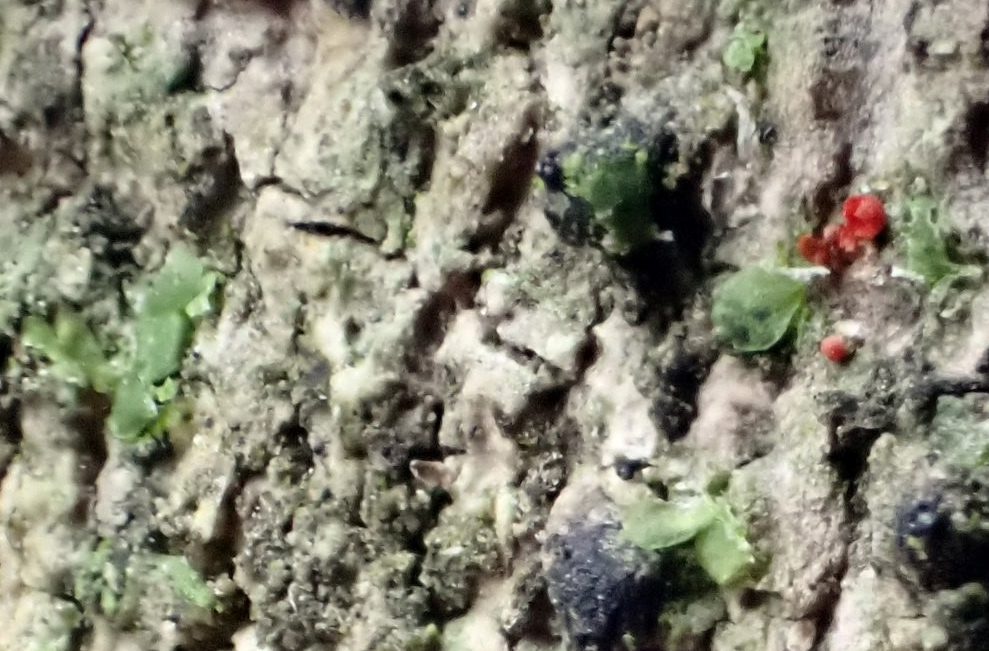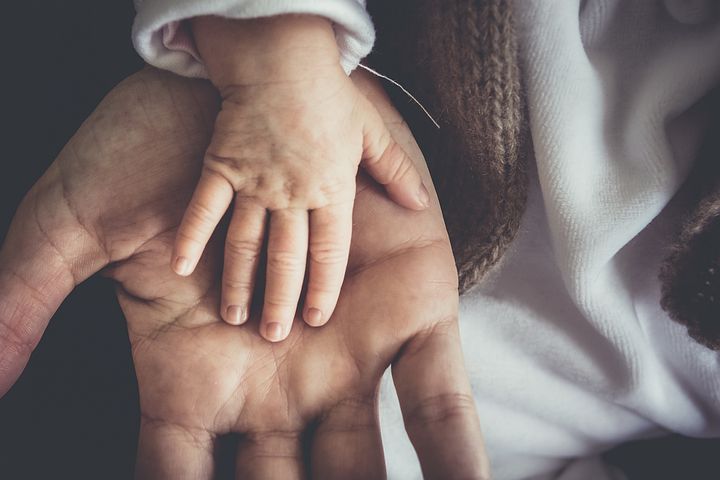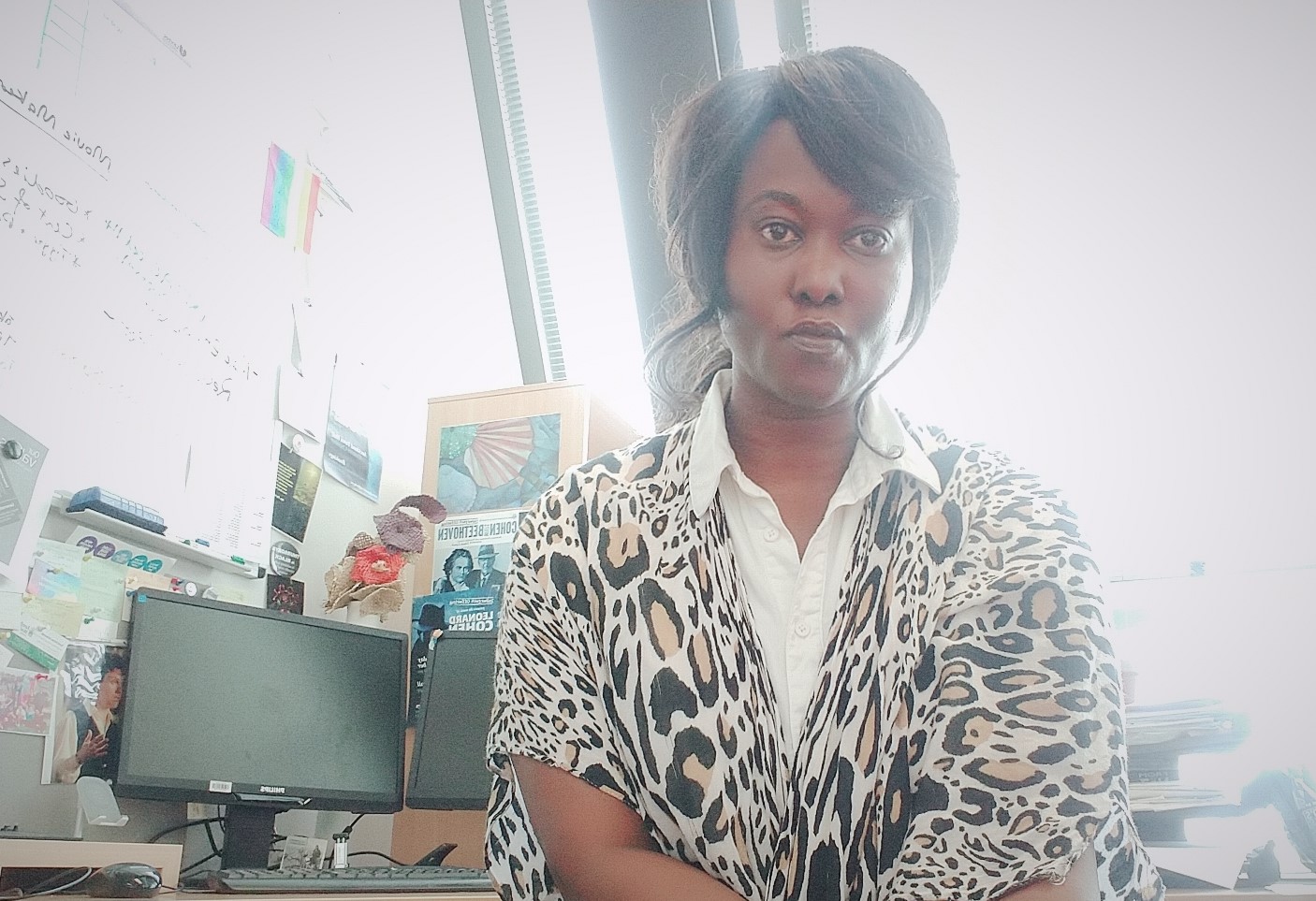Guest post by Cat Mitchell, Ngā Wai ā Te Tūī Māori and Indigenous Research Centre
Most people across Aotearoa get one power bill, but this is not the case for whānau of Te Rohe Pōtae (the King Country), who get two. As researcher Hermione McCallum-Haire (Ngāti Tūwharetoa, Ngāti Maniapoto, Ngāti Raukawa, Ngāti Hāua) says, “for three decades, growing up and living in the King Country has meant that we have had to pay two power bills – one to our power supplier and the other to the company that owns the lines” (Energy News, 2021). The additional expense associated with the use of the power lines is not insignificant, with the cost of the line rental often being four times the cost of the power actually used by a consumer. The effect of the ‘double-billing’ means that many kaumatua, kuia and low-income whānau simply cannot afford to meet this expense. Many go without power in an area of the country that can experience very cold weather during the winter months (night-time temperatures as low as -5 degrees). In response to the excessive power costs faced by those living in Te Rohe Pōtae and the western lands of Tūwharetoa, a research project was undertaken in partnership with Te Mangarautawhiri ā Pukehou Trust (TMaPT), who are members of Ngāti Hinemihi, and Unitec’s Ngā Wai ā te Tūī Māori and Indigenous Research Centre.
The one-year, MBIE-funded project, Hihiko o Mangarautawhiri: Power sovereignty for a prosperous whānau and hapū, began in June 2020. It investigated sustainable energy options available to TMaPT using emerging technologies to generate power and, through doing so, restore tino rangatiratanga and mana motuhake to whānau and hapū. Despite the impact of Covid, it was successfully completed at the end of November 2021 with the development of a 20-year strategic plan to guide the development of sustainable energy provision for the Trust. Hermione McCallum-Haire explains that this plan examines “different options … and identifies what paths to go down.” The next stage of mahi looks to include critical research on matauranga Māori, resource management, engineering, climate-change mitigation, and action and opportunities for Māori to participate in the renewable-energy industry. The researchers are now applying for funding for this work to scale up the project. This new phase of the research will also involve feasibility studies, earthworks and infrastructure needs, software and hardware requirements, and the testing of a range of promising energy-generation options, including solar, hydro and wind generation methods. This project and the subsequent phases of its development represent a significant disruption to established power-industry models in a way that seeks to address deep energy inequities. Hermione acknowledges the outstanding researchers of Ngā Wai ā Te Tūī, including Professor Jenny Lee-Morgan, Rihi Tenana, Joanne Gallagher and Irene Kereama-Royal, and their contribution to this transformative study. This kaupapa Māori research project developed in collaboration with the TMaPT trust is now looking to establish an off-grid, renewable energy-generation model that, as Hermione says, “can unlock the potential of Te Rohe Pōtae.” They also seek to provide a blueprint for other more isolated communities to have greater control over the generation and distribution of power.





